Mixer electrodes for redox flow batteries.
July 2017 – December 2019
Renewable energy sources state the challenge of fluctuating energy production levels. As its estimated share is expected to increase with over 20%, new energy storage or conversion strategies are required. One of those strategies is storing excess electricity through the use of redox flow batteries. In contrast to regular batteries, the electrolyte is no longer stationary. As a result, the power density becomes independent of the size of the battery, but will be determined by the volume of the electrolyte which can be stored in low cost tanks. Flowing through the battery the oxidation state of ions (e.g. vanadium) is altered, charging or discharging the electrolyte of the battery. Critical in this process is that the mass transfer of these ions towards the electrode is as high as possible. To date this is achieved at the expense of a high pressure drop, reducing the efficiency of the flow battery due to a high pumping energy cost. Using mixer electrodes, mass transfer is maximized at minimal pressure drop. Such geometries have not been investigated for redox flow batteries. The aim of the project proposal is to maximize the performance of a vanadium redox flow battery as function of the pressure drop through the use of such mixer electrodes. To achieve this goal correlations between power output and pressure drop will be studied for different electrode mixer designs, based on the three foremost static mixers.

